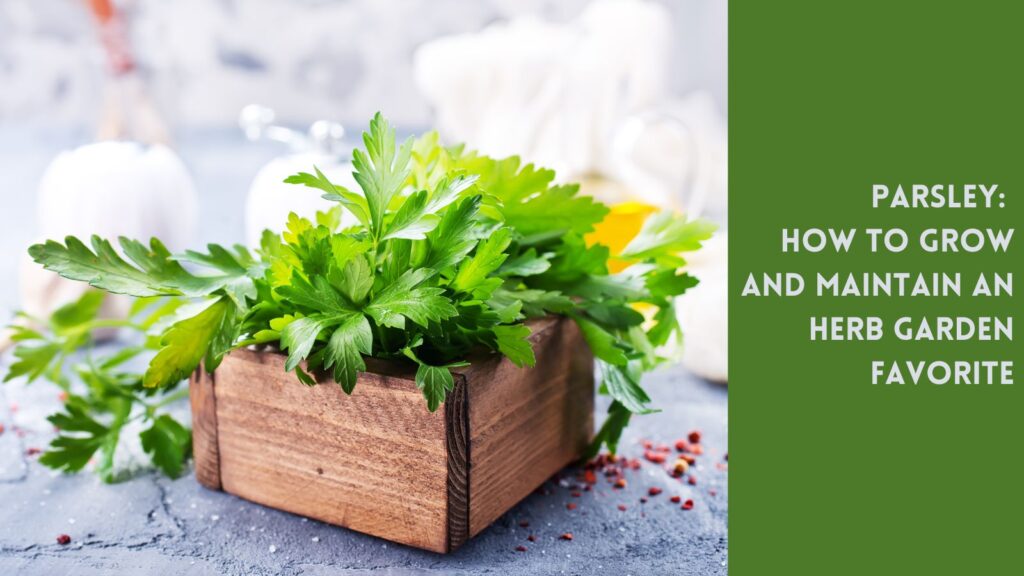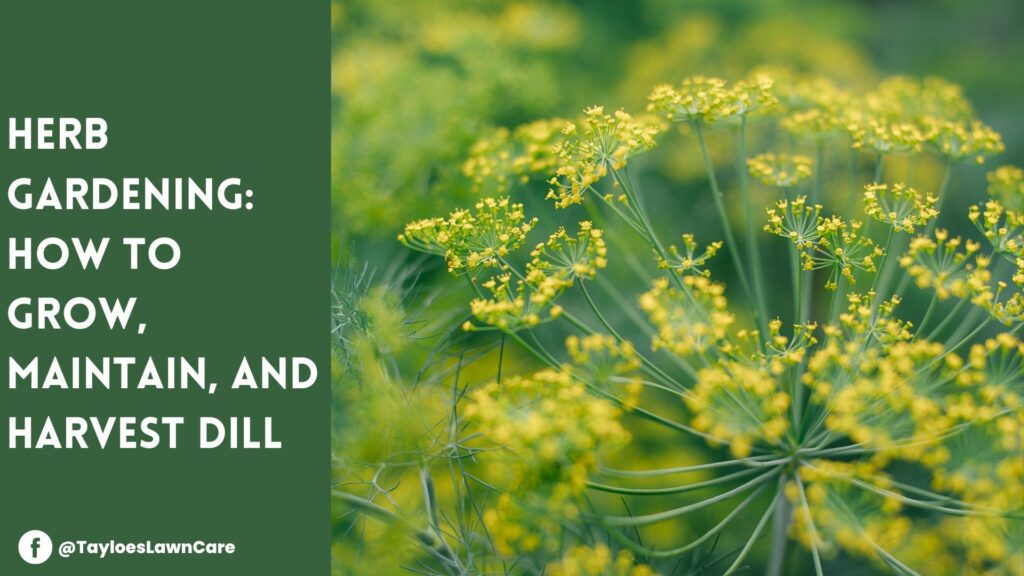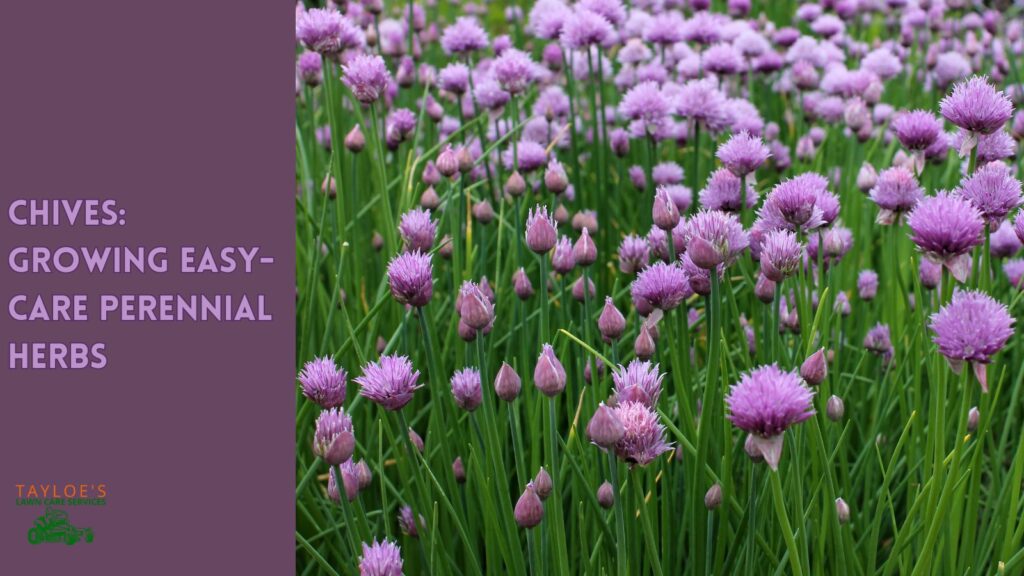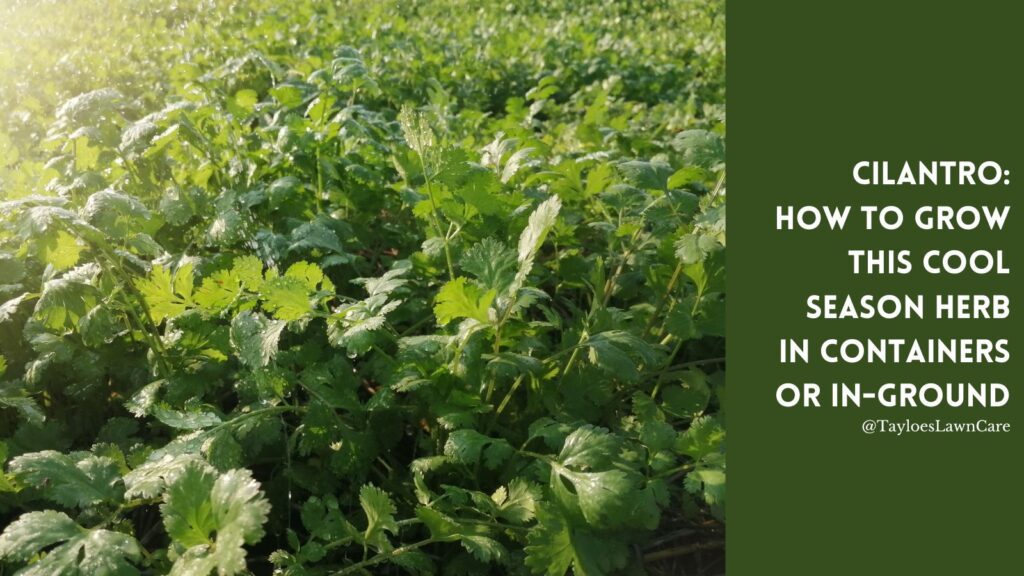Last Updated on: 17th January 2024, 04:11 pm
Growing Salvia officinalis is ideal for gardening beginners.
Sage is an herb that has been cherished for centuries for its versatility, enticing fragrance, and culinary applications. Whether you’re an avid gardener or a culinary enthusiast, understanding the intricacies of growing and utilizing Sage can elevate your garden and culinary experiences.
In this comprehensive guide to Salvia officinalis, we will explore the botanical profile of Salvia officinalis, delve into cultivation techniques, share tips for maintenance and care, and uncover sage’s culinary delights.
Botanical Profile of the Sage Plant
Salvia officinalis is part of the Lamiaceae family. It is an evergreen perennial herbaceous plant with a reputation for its beauty and aroma. Its woody stems give rise to soft gray or silvery green leaves covered in fine, velvety hairs. These leaves are oblong or lance-shaped and possess a distinct, savory aroma. Sage produces small, tubular flowers in shades of purple, pink, or white, adding visual appeal to the herb garden and attracting pollinators.

Cultivation and Growing Conditions
To cultivate sage successfully, it is crucial to understand its preferred growing conditions.
Sage generally thrives in USDA hardiness zones 5 to 9, although some cultivars may have broader or narrower adaptability. When selecting a location, ensure the herb receives total sun exposure, although it can tolerate partial shade. Sage appreciates well-drained soil with a pH range of 6.0 to 7.0. If the soil retains water, amending it with organic matter can enhance drainage. Good air circulation is a must-do to prevent diseases, so allow adequate spacing between plants.
Propagation and Planting
You can grow through various methods, including seeds, cuttings, or division. Seeds offer an economical option, while cuttings provide a quicker way to establish new plants. Division is useful for expanding existing clumps. Sow seeds inside several weeks before the last frost. Or, put it directly in the garden after the threat of frost has passed. When planting Sage, ensure each seedling or cutting is placed in a hole deep enough to cover the root ball, leaving the foliage above the soil level. Water thoroughly after planting to help the roots settle.
Sage Plant Maintenance and Care
Sage is relatively low-maintenance, requiring minimal care once established. Regular pruning will help promote bushier growth and prevent legginess. Prune in early spring to remove any damaged or dead wood. While sage is generally pest-resistant, keeping an eye out for common pests like aphids or spider mites is advisable. If necessary, employ organic pest control methods. To maintain healthy growth, provide a balanced fertilizer during the growing season, ensuring not to over-fertilize. During winter, protect sage plants in colder climates by providing a layer of mulch around the base.
Harvesting and Storing Your Herbal Bounty
Harvesting sage leaves at the optimal time ensures the best flavor and quality. As the plant matures, carefully pluck the leaves, starting from the outer parts and working your way inward. Sage leaves can be used fresh from the plant.
You can also dry it, preserving it for future use. If you have an electric dehydrator, that’s the easiest way. If you do not, you can go old school. To air-dry, tie small bunches of stems together. Hang the plant materials in a cool, dry place until the leaves are brittle. Store dried leaves away from light and moisture in airtight containers to maintain their potency.

Culinary and Culinary Uses
Sage’s distinct flavor profile adds depth and warmth to many culinary creations. It is a staple in Mediterranean and Italian cuisines and pairs exceptionally well with poultry, pork, and roasted vegetables. Sage leaves are delicious fresh or dried in soups, stews, stuffing, sauces, and marinades. Its robust flavor also complements cheese, making it an excellent addition to savory bread and pastries. Infuse oils or vinegar with Sage to create flavorful dressings or drizzles. Also, its leaves can be fried to make crispy, aromatic garnishes or steeped in hot water for soothing herbal tea.
Sage in Companion Planting and Landscaping Applications
Sage enhances the flavors of other plants and can be a valuable addition to your garden through companion planting. When planted near susceptible crops, its intense aroma helps deter pests like cabbage moths and carrot flies. Good companion plants for this beautiful herb include rosemary, thyme, lavender, and chives.
In landscaping, sage’s beautiful foliage and flowers can be incorporated into perennial borders, rock gardens, or herb gardens, adding texture, color, and fragrance to the landscape. Its pollinator-attracting blooms make it an excellent choice for creating a bee-friendly garden.
How Does Sage Get Its Name?
The name “Sage” comes from the Latin term “salvus,” which means “healthy” or “to save.” This name alludes to the herb’s historical association with medicinal properties and its use in traditional herbal remedies. Its scientific name, Salvia officinalis, further emphasizes its medicinal background, as “Salvia” originates from the Latin word “salvare,” meaning “to heal” or “to save.”
Natural healers have relied on this common kitchen herb for centuries due to its purported healing abilities. However, please note that this article focuses solely on its culinary and gardening aspects and does not constitute medical advice.



The Takeaway: Sage Has Culinary Applications and Visual Appeal
Growing and utilizing Salvia officinalis can be a gratifying experience for gardeners and culinary enthusiasts alike. You’ll enjoy this versatile herb’s beauty, aroma, and flavor by incorporating Sage into your garden and culinary endeavors. So, embrace the joy of growing and savoring Sage, as it adds a touch of culinary magic and visual allure to your garden and kitchen.
Do you want to receive even more expert advice and guidance on landscape design, gardening tips, and maintaining a lush and beautiful outdoor space? Then we invite you to follow us. Our team of knowledgeable professionals provides valuable insights and practical hints to help you reach your landscape goals. From plant care to lawn maintenance, Tayloe’s Lawn Care Services offers a wealth of information to inspire and assist you in creating your dream yard. Don’t miss out on all our expert tips and recommendations! Follow us today for a greener, more vibrant landscape.

Author Profile

- Deborah Tayloe is the CEO and co-founder of Tayloe's Lawn Care Services, LLC. She has a B.S.Ed and holds certificates in soil and water management and herbology from accredited programs.
Latest entries
 GardeningSeptember 27, 2025What perennials, shrubs, and trees don’t like fall pruning (and why)?
GardeningSeptember 27, 2025What perennials, shrubs, and trees don’t like fall pruning (and why)? Trees and ShrubsSeptember 14, 2025Fall Shrub Pruning Guide (September–October)
Trees and ShrubsSeptember 14, 2025Fall Shrub Pruning Guide (September–October) Trees and ShrubsApril 22, 2025Boxwood Blight: Early identification and isolation
Trees and ShrubsApril 22, 2025Boxwood Blight: Early identification and isolation Flower GardenApril 8, 2025John F. Kennedy Rose: Hybrid tea rose with elegant white blooms
Flower GardenApril 8, 2025John F. Kennedy Rose: Hybrid tea rose with elegant white blooms






